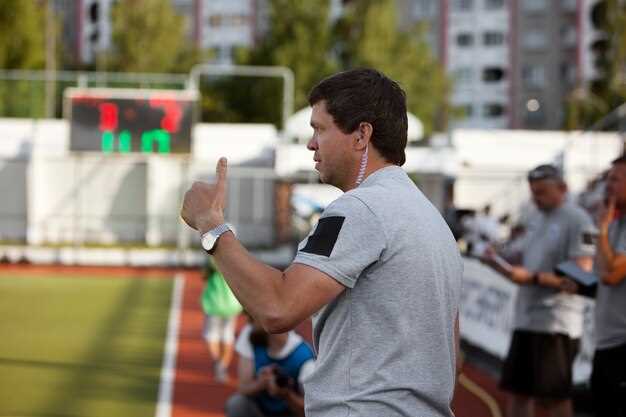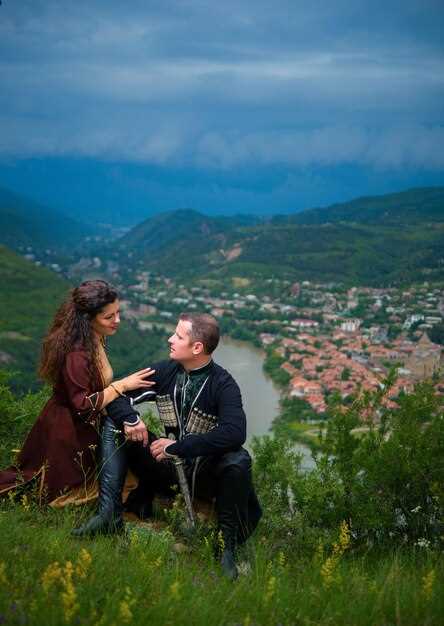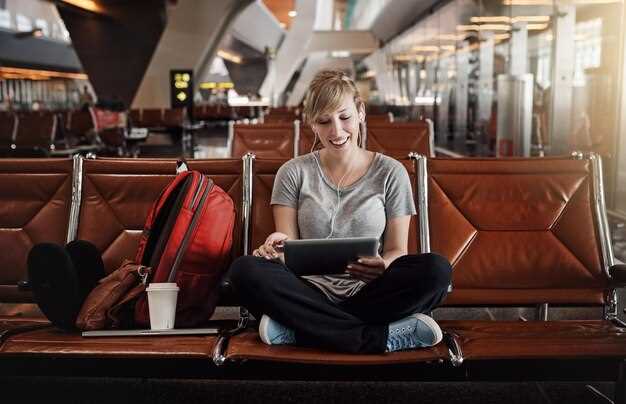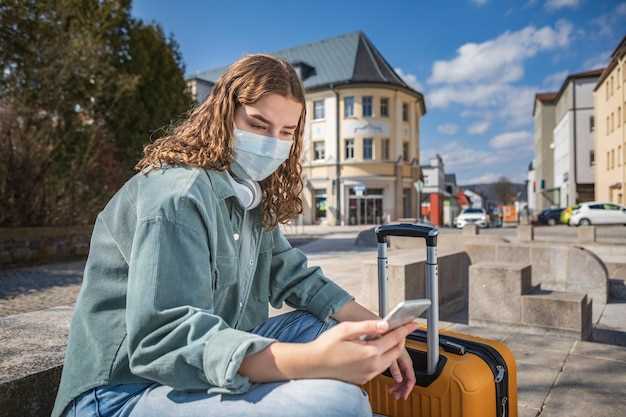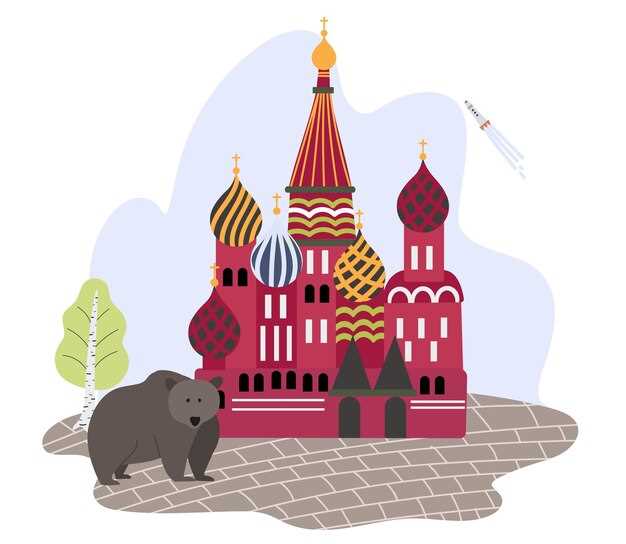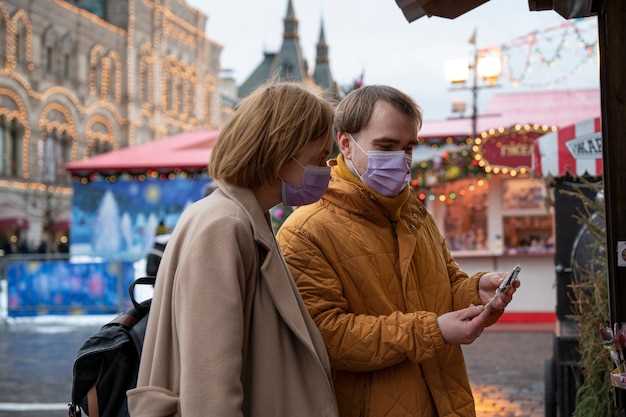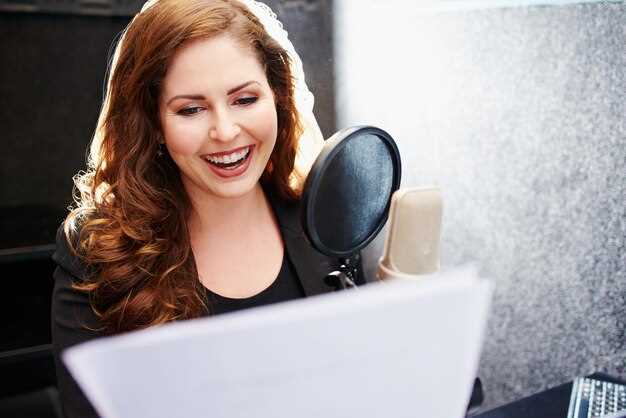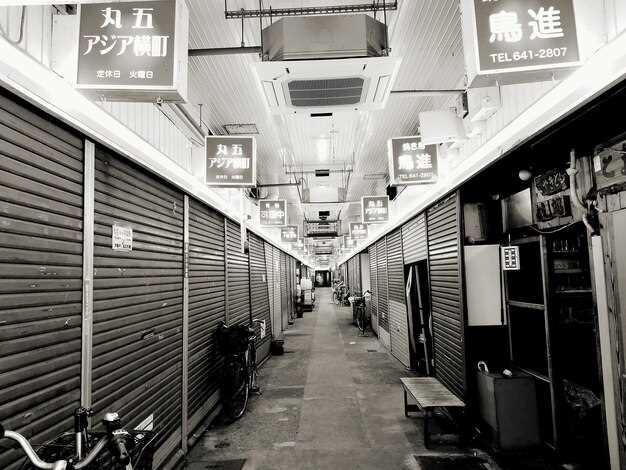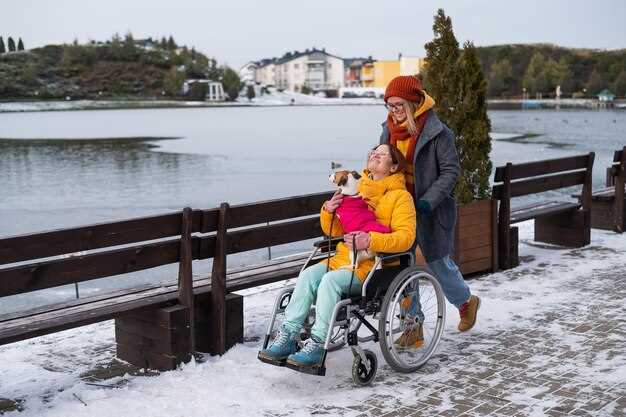Get started now: book your rental gear and reserve seats at Moscow’s top venues to enjoy skating, hockey, and major events this season. Our guide helps you choose venues near metro stations and plan your day with confidence.
nowadays, families with small kids and teens can find beginner-friendly rinks and schools that offer short programs. The guide lists venues across the city and provides details on rental options, price ranges, times, and how to reach each site from a central station.
For pricing, skating rental typically runs from 300 to 700 RUB per hour, while tickets to popular events range from 600 to 3200 RUB depending on date and seating. Most venues operate with working hours from 10:00 to 22:00, with some evenings till 23:00 on weekends. Plan your day till late by checking the event calendar provided.
Prepare a family-friendly plan: the power of Moscow clubs supports a robust pipeline from schools to pro teams, and the guide highlights merited teams with strong youth programs. For better viewing, higher seating tiers offer the best perspective. Combine a game with a picturesque stroll and nearby cafe breaks, and use proximity to metro stations to minimize transfers. To prepare for a smooth day, note down preferred venues, times, and transport options in advance.
Winter programs highlight on-ice jumps and skating drills; many clubs offer demonstrations and small group sessions for beginners. Some suburban complexes provide ski-lifts for winter fans exploring nearby resorts; the guide also flags popular events and provided up-to-date calendars so you can book in advance.
Sports in Moscow
Buy a day pass to a Moscow sports center, tickets purchased online, and pair a yoga class with a floor workout, then join a quick run through the city parks. Tuesday evenings often feature beginner sessions, so you can start season momentum with a small group.
In the city, start with Luzhniki Stadium for football and track, VTB Arena for basketball and hockey, and Megasport Arena for large events. CSKA’s multi-sport centers and Dynamo’s sports complex offer indoor pools, gyms, and shooting ranges. These venues are named here as core hubs and form a compact system you can explore in one weekend.
For skiing and snow experiences, check indoor centers that operate year-round; outdoor runs appear in the season when weather permits, while indoor options keep going regardless of temperature. Parks such as Gorky Park host run clubs and bootcamps, and nearby facilities provide technique-focused sessions, yoga, and other training to broaden your routine.
Getting around relies on the city’s grid of metro lines and fast routes; use the proezd paths to reach venues near your hotel or workplace quickly. The booking system shows available times for courts, tracks, and pools, making it easy to plan a tight schedule between sessions and meals.
People from all backgrounds join programs here, including students and professors from sports science faculties who lead clinics. English-language options appear at many centers, helping visitors follow instructions and stay motivated. After a workout, sample food from nearby cafés and food courts to replenish energy before heading home.
Here’s a practical plan: on tuesday, start with a short run in a central park, move to an indoors center for a yoga class, and finish with a shooting or technique workshop. Another option is to book a session at a different center the same week to compare floors, equipment, and coaches, then map a route that covers near, another, and nearby venues to build your personal Moscow sports circuit.
Swimming Pools in Moscow: Finding Nearby Venues, Schedules, and Entry Fees
Start with the Moscow city portal to locate the nearest public pool and view current schedules. Filter by district to focus on yasenevo or Molodezhnaya-area centers, and compare entry fees before you go. This approach saves time and helps you choose a venue that fits your training or leisure plan.
Public centers increasingly use ozone-treated water and clear lane signage, so you can swim with confidence. Some facilities are combined with rinks or offer hybrid days in the winter, while others operate as stand-alone pools. If a center is undergoing renovations, the city typically lists alternatives in the same sphere of facilities.
Entry fees for public pools usually range from 150 to 350 rubles per visit, with discounts for colleges students or youths, and special rates on off-peak days. Season passes or multi-visit cards are often available, particularly at larger complexes. Always check whether towel rental, locker use, or sauna access is included, because these add-ons affect the total cost.
To maximize your workout, combine technique-focused laps with yoga or water-aerobic classes offered by many centers. For young swimmers and military families, weekday mornings provide calmer lanes, while evenings attract a broader crowd. If you ride a bicycle to the pool, look for facilities with secure bike parking and direct access from the proezd roads or through accessible tunnels.
In Yasenevo, check the municipal pool near Molodezhnaya metro station; these sites often report water quality and maintenance days on the official timetable. The city ministry network of pools uses a straightforward system for scheduling, often posting pages with the latest updates. If a pool closes, you can quickly switch to a nearby center within the same public network.
Winter note: water in many indoor pools stays comfortably warm, while outdoor pools close in the cold season; frozen pipes and reduced outdoor availability push swimmers indoors. Plan noon sessions or early morning slots to beat crowds. On Wednesdays, some centers host family days or parade-themed charity swims that draw local visitors.
Use these steps to choose wisely: search by district, compare official hours, and confirm current entry fees before heading out; bring your own cap and goggles, and arrive prepared with a towel and a locker key. The Moscow system enables easy access to a broad sphere of facilities across districts, including tunnels and pedestrian routes that connect you to your next swim.
Flying Clubs in Moscow: How to Start, License Path, and Training Timeline
Join a public flying club in Moscow with a clear license path and a practical safety program, then map a 12-month plan with concrete milestones.
Choose a club that operates from well-lit buildings and nearby centres, where you can observe aircraft maintenance and student progress. Verify the club’s status with the local aviation authority and confirm it is undergoing formal accreditation. Meet instructors, including sven the safety manager, and ask how they structure lesson blocks, prerequisites, and on-aircraft coaching. Look for clubs that publish a straightforward timetable and that actively connect with medical providers for pre-flight checks, and find mentors who tailor sessions for them.
Here in Moscow, the license path begins with medical clearance, then enrollment in an accredited training program at a Moscow centre. You complete theory modules (air law, meteorology, navigation) and practical flight checks with master instructors. The ministry, together with republican aviation authorities, marks the standard hours and exam structure. The path differs between clubs; some operate as public associations, others as private entities, and exams are held on-site or at regional offices. Some sites sit near military airspace, so you must coordinate airspace use carefully. Make sure the route is clearly documented, practically explained, and supported by a transparent logbook. The composition of tasks you complete–ground school, simulator sessions, and in-air practice–must be tracked from day one so you can find gaps and address them quickly. This effort helps you stay on a steady pace toward your goal.
A typical training timeline spans 6–12 months, with 45–60 flight hours and 20–40 hours of simulator work depending on the program. Plan 2–3 sessions per week during warmer months and 1–2 shorter sessions in winter, totaling minutes of flight time that build confidence. Ground school usually runs 1–2 evenings weekly, and you should schedule cross-country flights to reach different centres and landmarks. Each milestone is marked by a short assessment; you must pass both written and practical tests before you have reached solo flight. Keep weather, airspace restrictions, and club capacity in mind when planning your calendar to avoid gaps between lessons.
Beyond cockpit time, maintain fitness and general readiness; many clubs partner with local facilities offering bouldering and conditioning. A cross-training approach boosts shoulder strength for preflight checks and ensures you can lift and handle gear safely. Clinics around Moscow may coordinate with medical providers for pre-flight medical checks, so schedule those visits ahead. Plan for shared responsibilities in hangar upkeep, equipment coating checks, and basic maintenance tasks so you understand the aircraft you fly. For higher licenses, masters and senior instructors guide you through advanced maneuvers, navigation, and emergency procedures, aligning with science-based safety guidelines. Here in Moscow you can choose between public clubs and private schools–both pathways help you reach your aviation goals while staying within a practical timetable, with a clearly marked path from the initial sign-up to solo flight. If your routes involve military airspace, coordinate with the club and authorities to maintain safety.
Fitness and Gyms in Moscow: Choosing a Gym, Membership Types, and Trial Classes
Choose a gym that offers a 30-minute trial class, straightforward enrollment, and skilled instructors, with rooms equipped for strength, cardio, and mobility work. The first session typically lasts 30 minutes and includes a quick needs assessment and a Q&A, so you can gauge fit quickly.
Enrollment is simple, with regional memberships and trial passes. Choose monthly, quarterly, or annual plans, and explore student or corporate options. Prices are shown in roubles.
Facilities include changing rooms, showers, and lockers; the spaces are comfortable and secure. Each station is equipped with modern gear, from cardio machines to free weights and functional rigs; staff perform regular checks to keep equipment in top condition.
Regional networks are the largest in Moscow, with names that cover the city from vdnkh to lenin square and beyond. Booking channels include apps, websites, and phone lines; these options help you manage schedules. These centers are backed by education programs and safe practices under the ministry of sport, ensuring consistent quality.
When you visit, plan a 30- to 60-minute trial, ask about time for questions, and confirm what enrollment includes on the first visit. For winter months, indoor facilities may offer snowboarding sessions or dry slopes; keep in mind frozen floors can affect traction, so choose sessions with proper footwear. If you are undergoing onboarding, expect a brief assessment to tailor your plan and set realistic milestones for them. These tips help you choose a gym that aligns with your goals, your schedule, and your budget; your search ends with a facility that keeps you motivated day after day.
Shooting Ranges in Moscow: Booking, Safety Rules, and Equipment Rental
Reserve online at least 24 hours ahead to lock in your preferred slot. Moscow ranges near taganskaya remain busy on weekends, so online booking guarantees your place and helps you plan without delays.
For small organizations, student groups, and lovers of the sport, the system supports multi-person bookings with clear time blocks. Prices appear online by range and weapon type, and you can find discounts for longer preparation sessions or bundled services. Typical rates run 1,200–2,800 RUB per hour, with equipment rental at 400–1,000 RUB per session depending on weapon and ammo, making it practical for both casual visits and regular practice.
Safety rules come first. Take a brief safety briefing before any session, wear protective eyewear and ear protection, and keep the finger off the trigger until you are aligned with the target. Staff verify each weapon, and on-site supervisors enforce marked zones and muzzle discipline. Minors require supervision and approval from staff, and all participants follow ministry-approved guidelines to maintain high safety standards.
Equipment rental covers pistols and rifles, with ammunition and basic cleaning kits included in most packages. If you bring your own gear, staff will assist with fit and basic checks. A stable stance with foot placement helps accuracy, and ranges provide ready-to-use rooms, lockers, and showers to support proper preparation and cooldown between rounds. Teleshovs and other public figures sometimes participate in organized demonstrations, which can raise the venue’s popularity but never compromises safety or quality.
Rooms and facilities are designed for comfort and practical use: tested after every shift, with working ventilation and reliable lighting, ensuring a smooth experience from arrival to finish. When you arrive, use the online check-in to speed up entry, find a suitable room for practice, and plan your next visit to continue learning. The venues set clear guarantees on equipment condition and staff availability, so you can book with confidence, knowing you are joining a well-supported, outstanding field of shooting sports that respects both beginners and experienced marksmen.
Roller Rinks and Athletic Clubs: Where to Skate, Timetables, and Club Enrollment
Start at vorontsovsky rollerdromes for reliable open time, clear marked lanes, and patient instructors. This option suits amateurs and masters, with term plans that fit the season and easy enrollment.
Where to skate
- vorontsovsky rollerdromes – named as one of Moscow’s three centers, with clear lanes and supportive instructors
- smolensk center – central hub with practical access and well-marked zones
- lake rink – outdoor skating by the lake, very popular in warm months
Timetables
- Open time is published on the website; typical slots run 10:00–14:00 and 16:00–21:00 on weekdays, with longer hours on weekends
- Season calendars show three main sessions; mass skating days fill quickly, so lines turn into short queues
- Parades and city events sometimes turn the venues into observation spaces; plan ahead
Club enrollment
- Check the website for term dates and the season plan; each center has a named schedule
- Choose amateurs or masters tracks, then attend learn-skating sessions guided by instructors; igor is often on deck for new skaters during observation
- Register for the term, pay the fee, and gather the gear list; bring proper foot protection, or rent gear on site
- Attend an initial assessment to determine your level; undergoing this short observation helps place you in the right term
- Use the minibus shuttle to reach the vorontsovsky center during peak times; parking is limited but the service runs reliably



